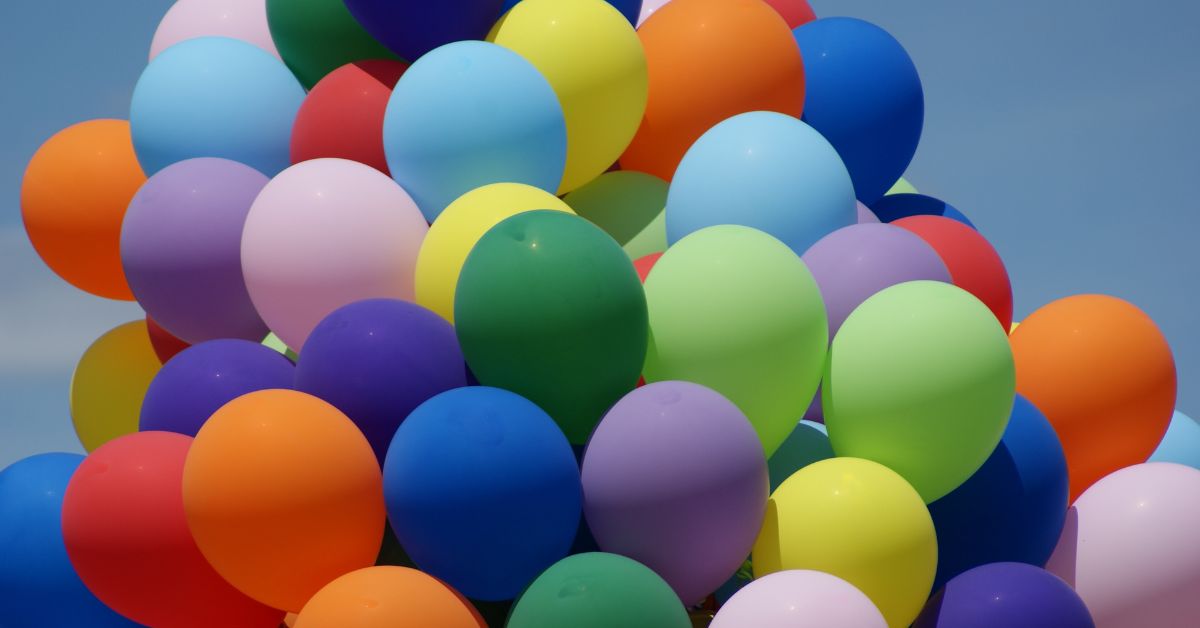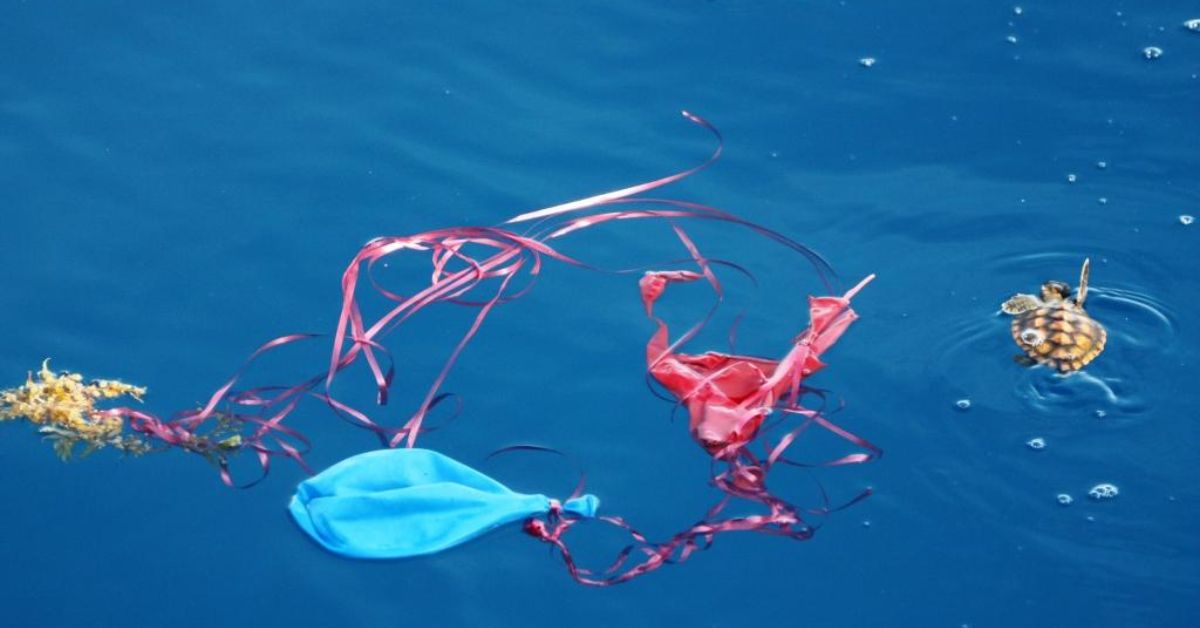Beyond the Pop: Watch What Happens to Balloons After the Fun Ends
Birthdays, weddings or baby showers — we’ve all seen balloons adding colour and cheer to every celebration. They float, they pop, they make us smile. But there’s a side to balloons that rarely gets talked about. Behind their vibrant colours lies a truth we often overlook: balloons are one of the most harmful single-use plastics, wreaking silent havoc on our environment and wildlife.
In a podcast hosted by Rashmi Ramesh, Sonika Bhasin, a sustainability advocate, breaks it down simply and powerfully: once a balloon is released or burst, “it doesn’t just disappear.”
What happens after the pop?
Whether released into the sky or popped and tossed into the bin, most balloons eventually make their way into natural ecosystems. Latex balloons, though marketed as ‘biodegradable’, can take years to break down, long enough to choke, entangle or poison animals.
Mylar (foil) balloons, on the other hand, don’t decompose at all. Made with metallic materials that can cause power outages if they get entangled with electrical lines.
Once airborne, balloons can travel hundreds of kilometres before landing in oceans, forests or fields. A study published in Scientific Reports in 2019 found that balloons are one of the deadliest forms of marine debris, responsible for the deaths of seabirds.
In fact, balloons were found to be 32 times more likely to kill seabirds than hard plastics. Sea turtles, dolphins, and seals often mistake balloon fragments for jellyfish or food, leading to fatal blockages in their digestive tracts.
Out of sight, but not harmless
Part of the problem is that balloons often seem harmless. They’re fun, light, and celebratory. But the issue lies in how casually they’re discarded, or worse, released into the sky during memorials, weddings or large-scale events. Once in the wild, they join the 11 million tonnes of plastic entering oceans every year, according to the United Nations Environment Programme (UNEP).
 Balloons that are released into the air are harmless to the environment. Picture source: Canva.
Balloons that are released into the air are harmless to the environment. Picture source: Canva.
Closer to home, cows and stray animals in Indian cities have been found with balloon bits and other plastic waste in their stomachs. These small pieces of rubber can block airways, get entangled with the limbs, or cause slow and painful deaths when ingested.
Time to ‘burst’ the myth
Balloons might seem harmless — a small touch of colour and cheer. But the truth is, they come at a much larger cost than we realise. From choking animals to polluting our oceans and cities, their environmental footprint is far from light. It’s time we stop thinking of balloons as just party decor, and start recognising them for what they often become: long-lasting, invisible waste.
 Popped balloons end up in landfills and oceans, harming aquatic animals. Picture source: Environmental Nature Centre.
Popped balloons end up in landfills and oceans, harming aquatic animals. Picture source: Environmental Nature Centre.
In the podcast, Sonika reminds us that joy doesn’t have to come at the planet’s expense. A few mindful choices can make all the difference.
So the next time you’re planning a celebration, pause for a moment. Could that decoration be reused? Could something biodegradable or handmade take its place? These small questions can help shift the culture of how we celebrate.
What you can do instead
If you already have balloons at home, avoid releasing them outdoors and dispose of them responsibly. And for future events, here are some practical, planet-friendly alternatives:
- Use reusable decorations like cloth buntings, paper lanterns, or handmade banners that can be stored and used again.
- Decorate with fresh or dried flowers — they add beauty and biodegrade naturally.
- Try terracotta or paper mâché hangings for a local, earthy touch.
- Create DIY garlands from newspaper, fabric scraps or even leaves.
- Replace balloon releases at memorials or weddings with planting trees, lighting diyas, or blowing bubbles.
- Talk to your decorator or vendor about using sustainable materials for events.
Educate children about the environmental impact of balloons in simple, age-appropriate ways.
Edited by Saumya Singh.
News